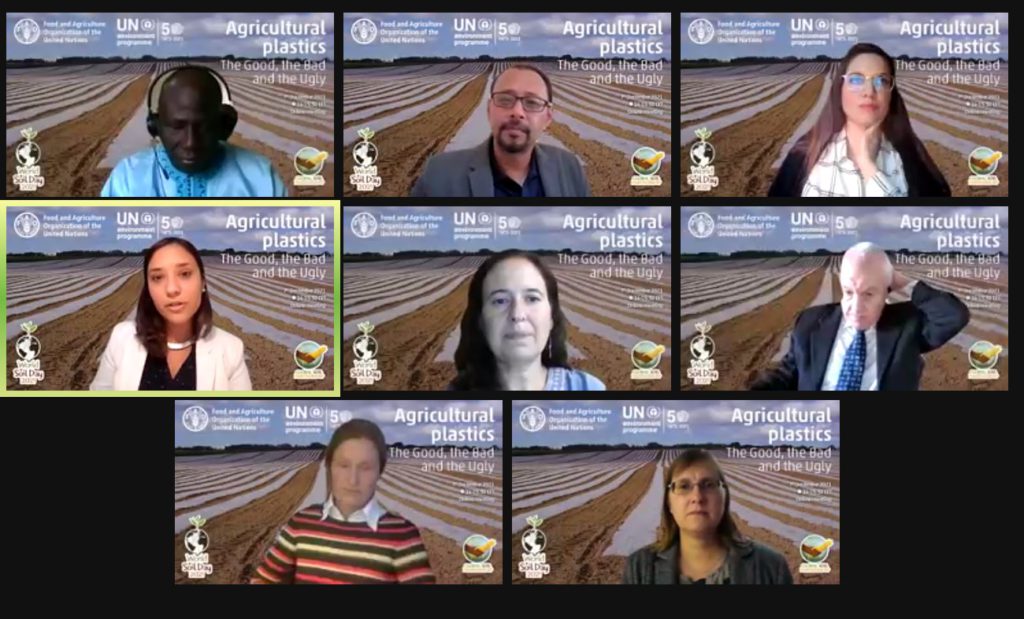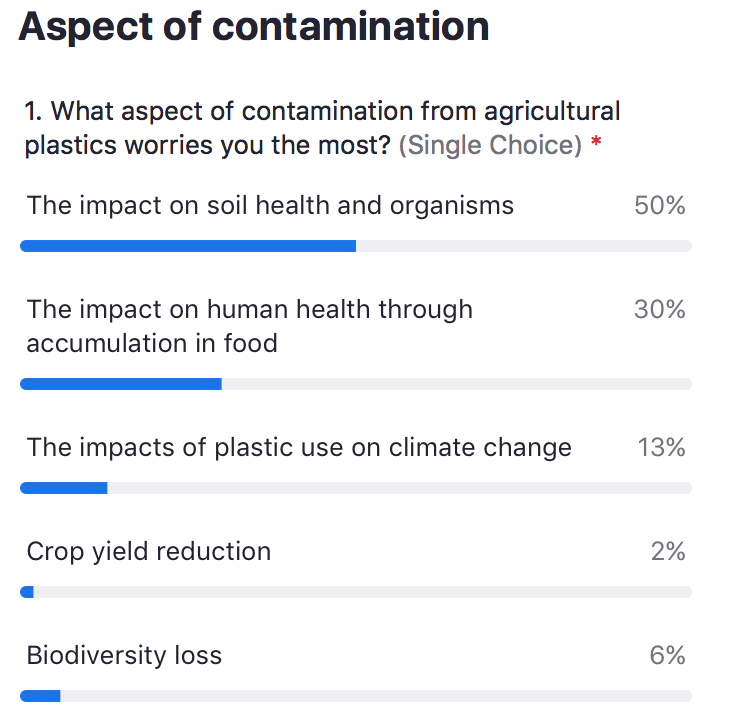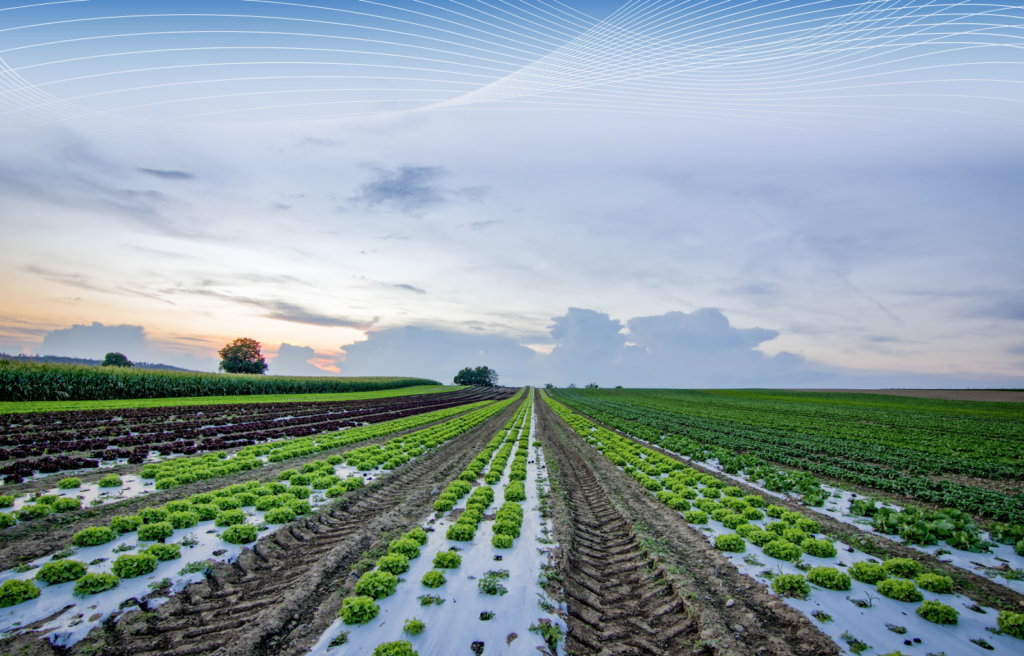
FAO and UNEP has published a report, which presents the results of a study on agricultural plastic products used globally in a range of different value chains. Concerning the value chains, it covers horticulture, livestock, cotton, forestry plantation, marine capture fisheries, aquaculture, banana and maize.
The report opens up with the link between plastics and agriculture and the problems associated with plastics. It dwells into the topic of the use of plastics in agriculture, such as the plastics and their properties with their application and benefits of using plastic products in agriculture.
What is interesting is the estimation of quantities of agricultural plastic products in use at a global and regional level: in 2019 alone, these agricultural value chains used 12.5 million tonnes of plastic products in plant and animal production and 37.3 million tonnes in food packaging! There is no wonder thus that microplastics pollution has indeed contaminated the entire globe!
It is underlined that the fate of agricultural plastics at the end-of-life is not well documented, nor there is data for usage, storage, processing, and distribution.
The accumulation of agricultural plastic residues not only reduces agricultural yields, but has an effect on human health and wellbeing as well, as the report examines the harm caused by plastics and their consequences. Plastics are said to cause harm depending on their size both to the biota and ecosystem through physical, chemical (additives, adsorption & concentration and combustion products) and biological (entry into tissues and cells, root impediment and pathogen adherence) effects.

Finally, the report concludes with the current frameworks and mechanisms to facilitate good management practices and the way towards a circular economy for agricultural plastics.
In doing so, the report identifies alternatives and interventions, based on the 6R model (Refuse, Redesign, Reduce, Reuse, Recycle, and Recover), however underlines that there are still numerous knowledge gaps around microplastics in agricultural soils, where our PAPILLONS project will aim to contribute with its own research!

The whole report can be accessed on the following website: https://www.fao.org/publications/card/en/c/CB7856EN
The a further report by UNEP on Plastics in agriculture – sources and impacts can be accessed here
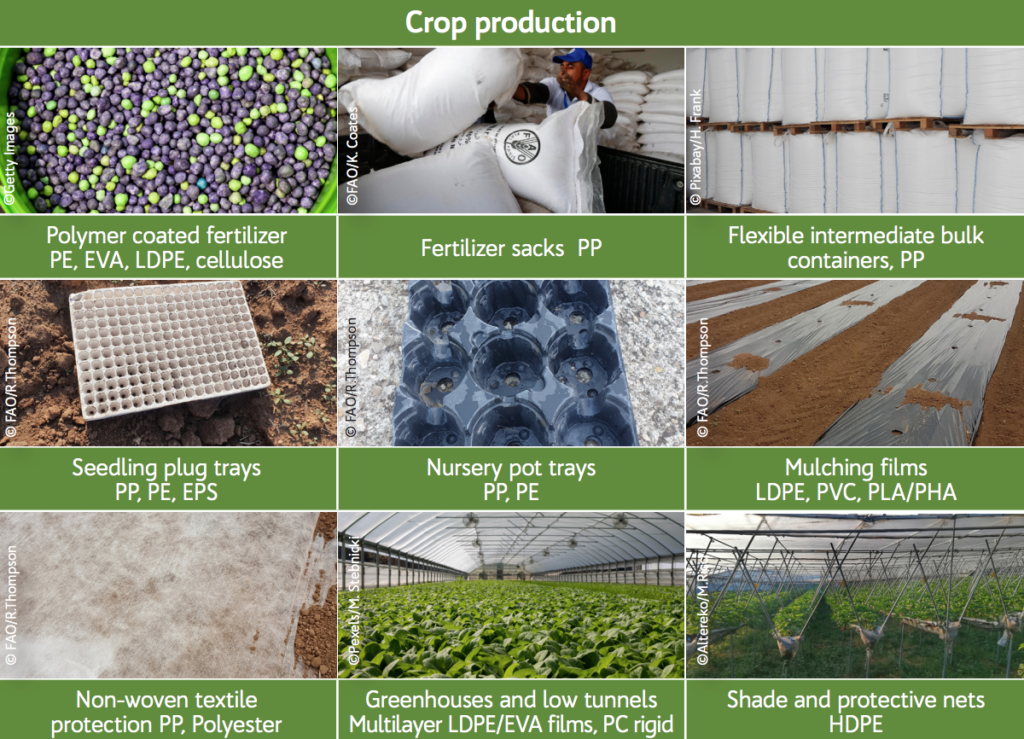
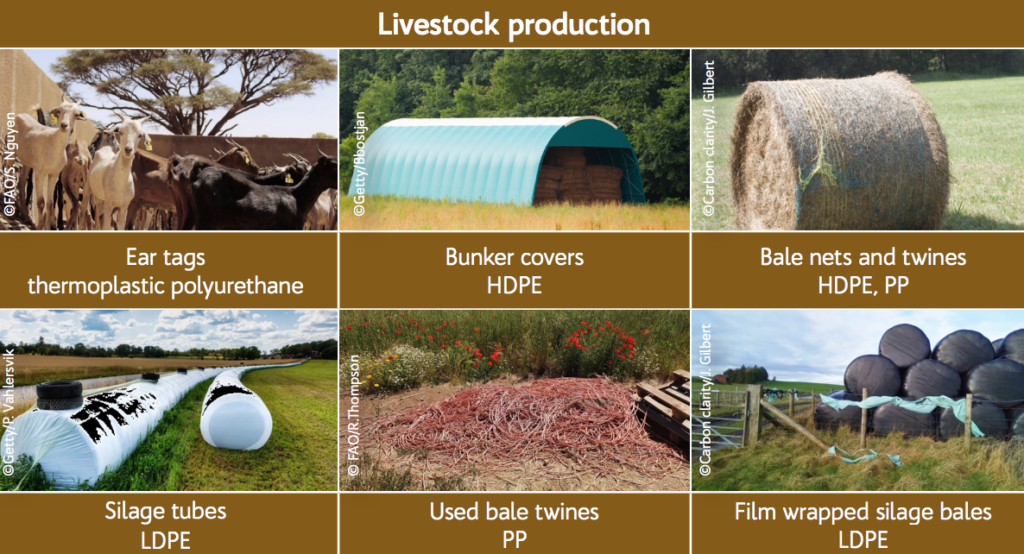
The report was presented at an event co-organized by FAO and UNEP called “Plastics in agrifood systems: The good, the bad and the ugly”.
A majority of seminar participants (50%) highlighted the impact on the health of soils and living organisms as the biggest concern related to agricultural plastics contamination, ahead of concerns about human health and accumulation in food (30%).
During this event Ms Natalia Rodríguez Eugenio, from FAO, has mentioned the PAPILLONS Project, as an important research project to tackle the challenge of plastic pollution in agriculture.
